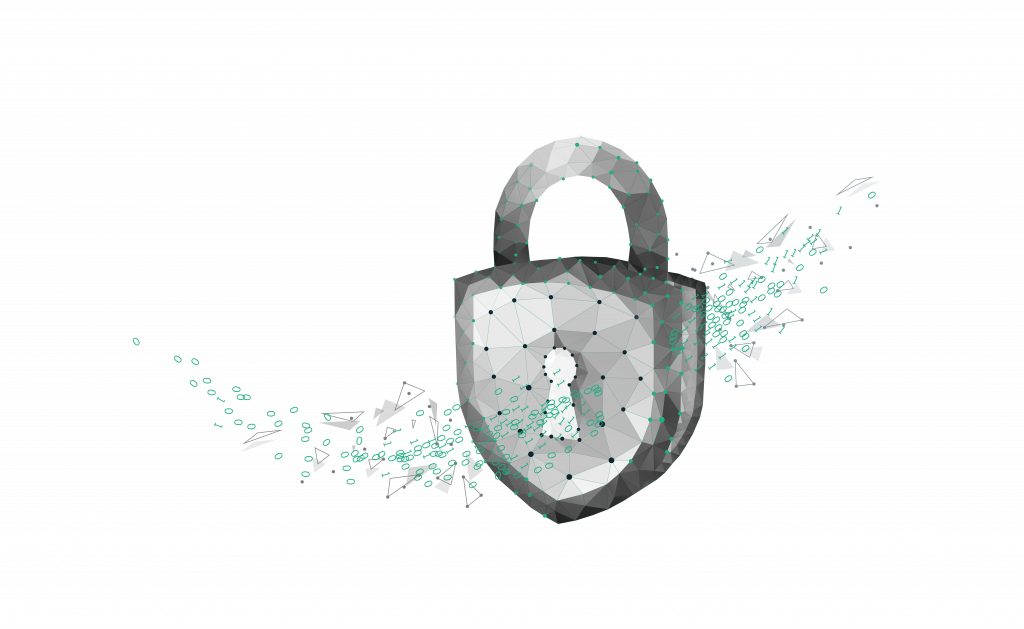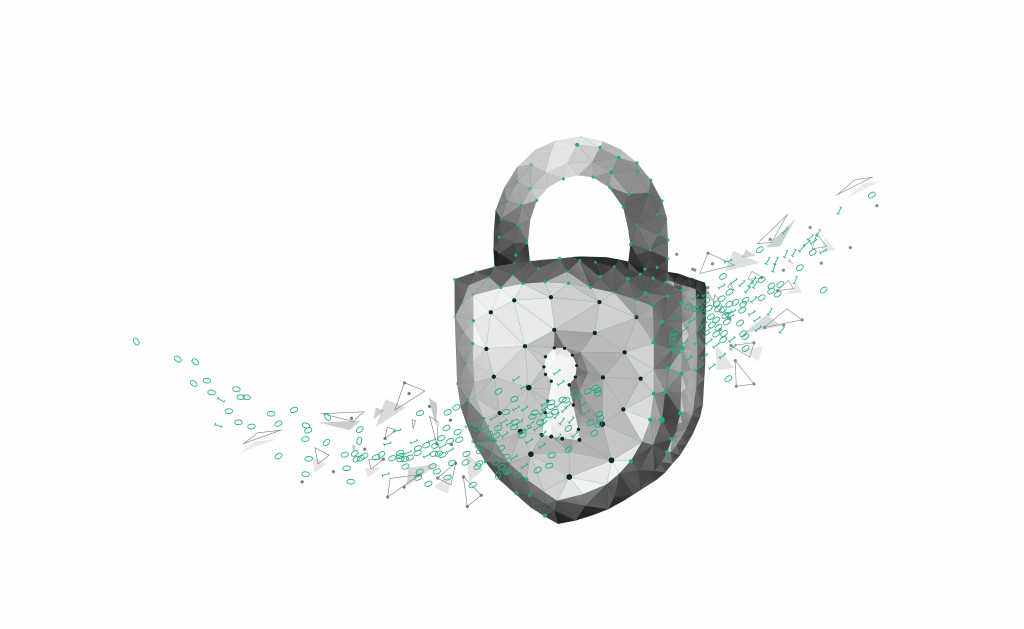A Security Operations Centre (SOC) has gradually evolved over the years from something that is "good to have" to an "essential component" of any organisation's cyber security strategy, regardless of the nature of its business or its size. A SOC is a central function where a team of security experts monitor, analyse and respond to cyber threats in real time. Organisations can detect and defend against cyber attacks, comply with regulations and improve their security posture by having an efficient 24/7 SOC facility operating around the clock.
However, due to the ever-evolving cyber threat landscape, SOC teams can encounter various difficulties in keeping up with the latest threats, new technologies and best practices. This article discusses some of the common challenges of running a modern SOC and how to overcome them.
Challenge 1: Bridging the skills gap
One of the biggest and continuously discussed challenges in managing a modern SOC is finding and retaining qualified and experienced security professionals. According to a report by (ISC)², the global cybersecurity skills gap in 2022 was 3.4 million. This means that there are not enough qualified security analysts, engineers, managers and executives to meet the demand for SOC positions in various organisations worldwide.
To overcome this challenge, organisations need to invest in training and development programmes for their existing SOC team members, while recruiting and retaining fresh talent to ensure they gain sufficient hands-on experience. Alternatively, organisations can also look to managed security service providers (MSSPs) to augment their in-house cyber security capabilities with additional cost benefits. MSSPs can provide specialised professionals, cutting-edge technologies and efficient processes that can complement an organisation's internal security team or even outsource it entirely.
[pxl_gallery images_id="28,26″ cols="2″ img_size="393×294″ link="https://www.youtube.com/watch?v=SF4aHwxHtZ0″]
Challenge 2: Staying ahead of the steep cyber threat curve
The next big challenge in running a modern Security Operations Centre (SOC) is to have the necessary resources in place to respond effectively to persistent threats from the many sophisticated techniques and tools used by attackers to evade detection and compromise systems. These attackers typically seek to exploit vulnerabilities in networks, applications, devices and user accounts to gain access to sensitive data and cause disruption or damage. Some examples of such cyberattacks that have taken place recently are:
- A ransomware attack on Colonial Pipeline (the largest fuel pipeline in the US) has disrupted the supply of gasoline, diesel and aviation fuel for millions of customers on the East Coast. The company reportedly paid a $5 million ransom to the hacker group called DarkSide, which claimed responsibility for the attack, to restore its operations.
- A massive phishing campaign targeted more than 100 organisations in the US and Europe. The attackers used fake emails from trusted sources such as Microsoft, Google and LinkedIn to trick victims into clicking on malicious links or attachments. The campaign aimed to steal login credentials, install malware and exfiltrate data.
- A zero-day vulnerability discovered in Microsoft Exchange Server allowed attackers to access email accounts, install backdoors and execute remote commands on vulnerable servers used by millions of organisations worldwide. The attack was attributed to a state-backed group from China called Hafnium.
To overcome this challenge, organisations need to adopt a proactive and intelligence-led approach to security. This means that SOC teams should continuously monitor their environments for signs of suspicious and malicious activity, perform threat analyses and respond quickly and effectively to security incidents.
"Additionally, organisations can benefit significantly by leveraging high-quality threat data feeds that provide timely and relevant information on emerging threats, indicators of compromise (IOCs) and best practices for mitigation"
Challenge 3: Harnessing the power of big data
A third challenge in running a modern security operations centre (SOC) is managing the vast amount of data generated by various systems in an organisation's technology environment. These sources include logs, alerts, events, network traffic, endpoints, applications, cloud services and more. According to a report by IDC, the global datasphere will grow from 64 zettabytes in 2020 to 181 zettabytes in 2025. This means that SOC teams will need to continuously process and manage more data than ever before.
To overcome this challenge, organisations should implement effective data management strategies that help them collect, store, process, analyse and visualise data in an easily scalable and efficient manner. Organisations can use advanced analytics and automation techniques to reduce noise, optimise indexing and searching, prioritise alerts, correlate events, identify patterns and generate insights from data. This can help SOC teams reduce manual workloads, improve accuracy and optimise decision making.
Another challenge in the daily operation of a modern Security Operations Centre (SOC) is dealing with alert fatigue. Security analysts are overwhelmed by the large number of alerts triggered by events from various security tools and IT systems. This usually leads to a reduced attention span, lower productivity, increased stress levels and missed or delayed responses to critical incidents.
To overcome this challenge, organisations need to continuously optimise their alert management systems and deploy tools that can streamline the alert response process, reduce human error and increase efficiency. This requires SOC teams to define clear criteria for alerts, thresholds, rules, workflows and escalation procedures. Organisations can also leverage automation and orchestration tools that can help them prioritise alerts, verify incidents, enrich information and execute response actions.
Conclusion
A SOC can provide a strong defence against many modern cyber threats and can be a strategic advantage for any business in this digital age. However, to gain these advantages, organisations must overcome a variety of challenges associated with managing a modern SOC to secure their business. We believe that following best practice and implementing the solutions discussed in this article can help organisations improve their overall security posture and protect their business from cyber threats.
We hope you found this article helpful. If you have any questions or feedback, please do not hesitate to contact us at support@digit-solutions.com to contact us. Thank you for reading!






